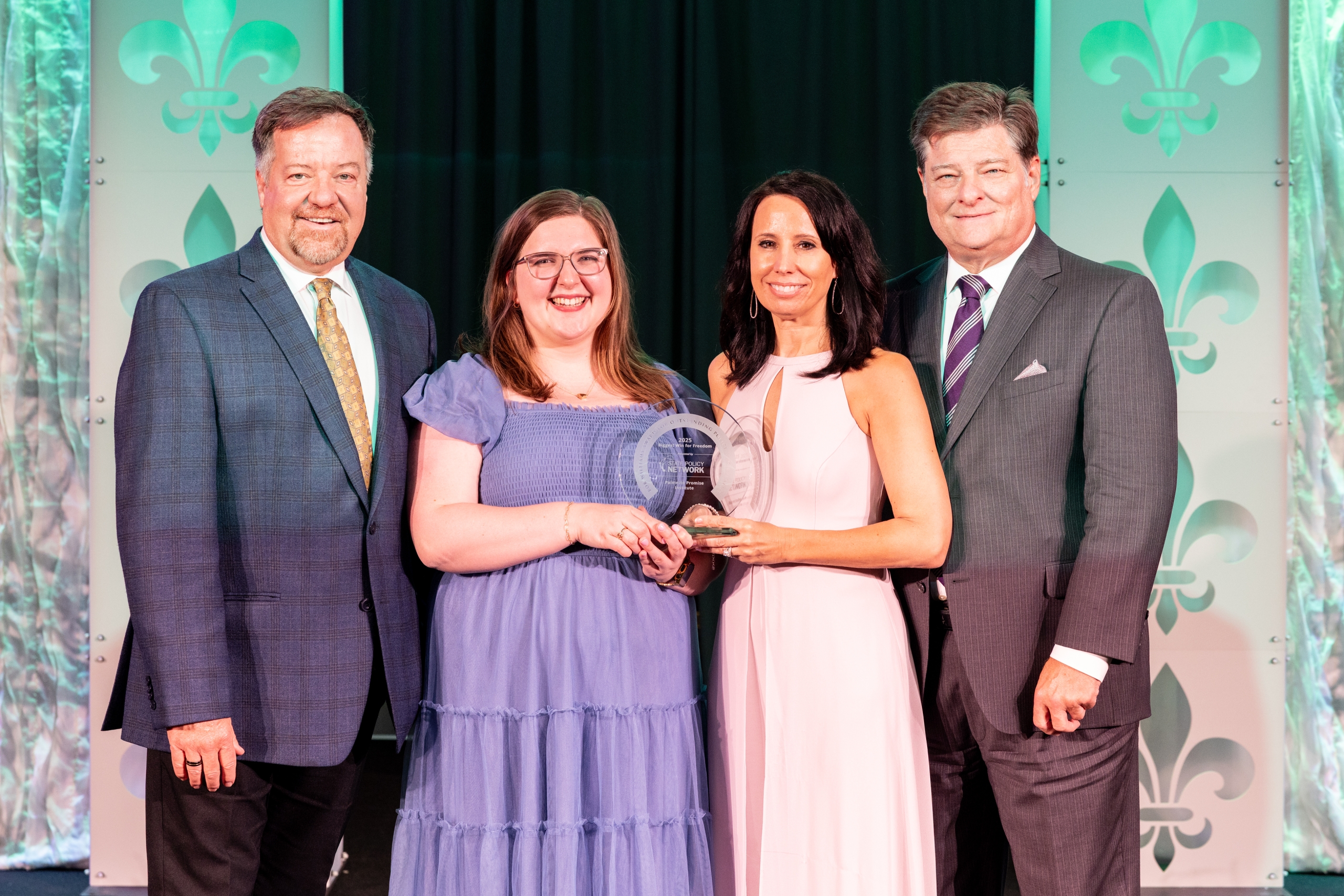With no court ruling, almost 3,000 South Carolina ESA families face uncertainty as new school year draws closer
This piece by Lisa Buie was originally published on the NextSteps by Step Up for Students. It quotes a Palmetto Promise Institute statement.
The latest: With about a month left before the new school year begins, nearly 3,000 South Carolina students and their families still face uncertainty as they wait for the South Carolina Supreme Court to rule on the program’s constitutionality. The good news for families is that it’s business as usual, at least for now.
Driving the news: Four months after hearing oral arguments in a court challenge filed by the state affiliate of the National Education Association, the high court has yet to issue a decision on whether the program, which gives parents control of $6,000 for their child’s education, violates the state’s ban on spending public funds to directly benefit religious and private educational organizations.
Meanwhile, the state Department of Education has directed its vendor to load funds into each student’s scholarship account by the end of July.
“Until a ruling is handed down, the program is fully operational and will proceed as directed by the South Carolina General Assembly,” said Jason Raven, spokesperson for the South Carolina Department of Education. “At this point, it would be premature and unproductive to speculate on hypothetical scenarios.”
However, Raven stressed that the department would “vigorously comply” with any ruling that the high court hands down, though he didn’t say how that would work if the court were to shut down the program after families had started using their money.
Catch up quick: The teachers union and a group of parents sued the state six months after the legislature passed the state’s first Education Trust Fund Scholarship Program, limited to 5,000 low-income K-12 students in its inaugural year. Previously, the state offered only a tax credit fund and a refundable individual tax credit for families of students with special needs. Eligibility for the new education savings account program will expand each year, with universal eligibility in 2027.
Public schools included: Besides allowing parents to spend funds on tuition and fees for approved non-public providers, it also lets them direct funds to transportation and fees for public schools outside the student’s assigned school district.
Who signed up: During the two-month application period, parents had applied on behalf of 7,907 students, nearly 3,000 more than the state’s first-year cap of 5,000. However, only 2,990 ended up receiving the scholarships. State officials attributed the rejection rate to parents not meeting income or residency requirements or improperly filling out forms. That led to an unsuccessful effort in the House to add a budget proviso that would allow the education department to take applications on a rolling basis until all the slots were filled.
Advocacy group calls for changes: The Palmetto Promise Institute, a think tank that championed education choice for years, criticized the short application window as “impractical” and said many applications lacked required information because parents struggled to meet the strict deadline. The group also cited the income limit, 200% of federal poverty guidelines, or $62,500 for a family of four, as a reason fewer families qualified as well as how income was calculated. “The narrow confines of the existing ESTF program leave a huge gap for many families who still need extra help affording customized education, disability therapy, or tutoring for their child,” Palmetto Promise said in a news release. Despite the “bumps in the road,” the group called it a victory and expressed confidence that the legislature would address the issues.





